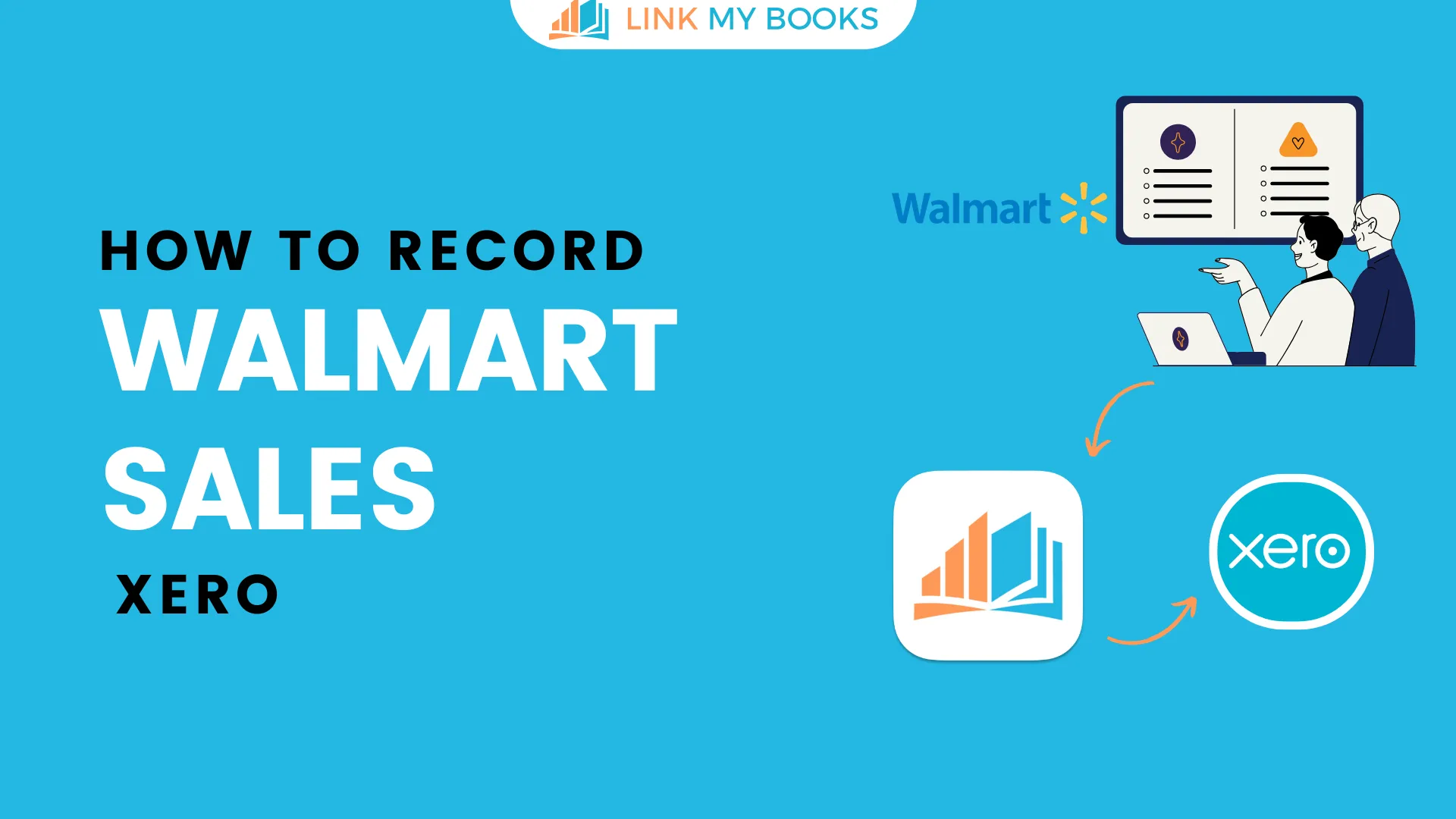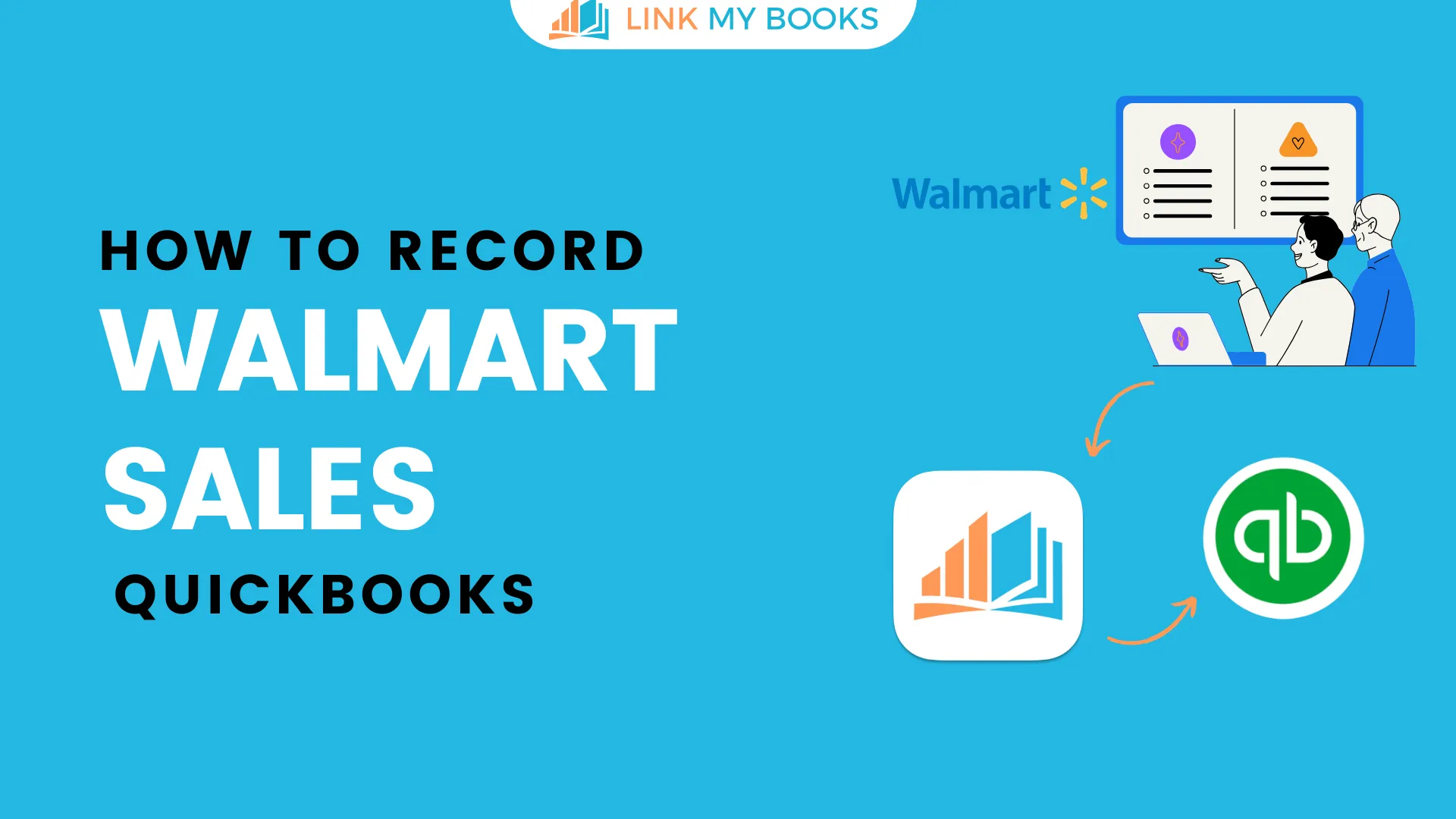As an e-commerce business owner, you know that tracking your financial performance is crucial to success.
However, with so many metrics to consider, it can be challenging to know which ones to prioritise. That's where accounting metrics come in. By using e-commerce accounting software to monitor key accounting metrics, you gain valuable insights into your business' financial health.
Best of all, this enables you to make informed decisions that drive growth and profitability. In this article, we'll explore the top five accounting metrics that every e-commerce business should track. From gross profit margin to customer acquisition cost, we'll cover the essential metrics that'll help you make smarter financial decisions and take your e-commerce business to the next level.
So, let's dive in and discover the five key accounting metrics that will help you maximise your profits and achieve your business goals.







.webp)
Gross Profit Margin
Gross profit margin is one of the most important accounting metrics for e-commerce businesses. It measures the amount of profit you make on each sale after deducting the cost of goods sold. A high gross profit margin shows that your business is making a healthy profit, while a low margin suggests you need to make adjustments to improve profitability.
To calculate your gross profit margin, just subtract the cost of goods sold from your total revenue and divide the result by your total revenue. For example, if your total revenue is £100,000, and your cost of goods sold is £60,000, your gross profit margin would be 40%.
A high gross profit margin is important for several reasons. It indicates that your business is generating enough revenue to cover its costs and has room to invest in growth. It can also help you secure funding from investors or lenders, as it demonstrates your business's financial stability.
Customer Acquisition Cost
Customer acquisition cost (CAC) is the amount of money you spend on marketing and sales activities to acquire a new customer.
It's an important metric for e-commerce businesses because it helps you understand how much you need to spend to attract new customers and whether your marketing and sales efforts are cost-effective.
Any good e-commerce accounting software will help you calculate the customer acquisition cost, so you can start planning your next marketing moves. Ideally, you want to keep your CAC as low as possible while still acquiring high-quality customers. To achieve this, you can focus on improving your marketing and sales strategies, such as optimising your website for conversions, targeting the right audience, and using cost-effective advertising channels.
Another way to reduce your CAC is to increase customer retention. By holding onto your existing customers, you can reduce the need for new ones and lower your overall marketing and sales costs.

Average Order Value
Average order value (AOV) is the average amount of money customers spend on each order.
This is a critical metric for e-commerce businesses because it directly impacts revenue and profitability. A higher AOV means more revenue per customer and a better return on investment for your marketing and sales efforts.
Management accounting can help you determine your average order value, which is something every e-commerce business should do right away. The next step is to increase your AOV, by focusing on upselling and cross-selling.
Upselling involves encouraging customers to buy a more expensive version of the product they are already considering. Cross-selling involves recommending complementary products. You can also offer volume discounts or bundle deals to incentivize customers to buy more.
Improving your website's user experience can also help increase your AOV. By making it easier for customers to find what they are looking for, you can encourage them to spend more time on your site and add more items to their cart.
Inventory Turnover
Inventory turnover is the number of times you sell and replace your inventory during a specific period. It's an important metric for e-commerce businesses because it helps you understand how efficiently you are managing your inventory and whether you need to make adjustments to avoid overstocking or stockouts.
Optimising your inventory turnover helps you reduce storage costs, avoid stockouts, and improve cash flow. One way to achieve this is to implement an inventory management system that tracks your inventory levels in real-time and helps you forecast demand.
You can also improve your inventory turnover by offering promotions or discounts to sell slow-moving products, negotiating better prices with suppliers to reduce your cost of goods sold, or adjusting your product mix to focus on high-demand items.
Return on Investment
Finally, we come to one of the most all-important metrics: return on investment (ROI).
This is a measure of the profitability of your e-commerce business. It gauges the amount of profit you generate relative to the amount of money you invest in your business. A high ROI shows that your business is making a tidy profit, while a low ROI suggests that you need to make adjustments to improve profitability.
To calculate your ROI, divide your net profit by your total investment (for e-commerce businesses this is your inventory costs, or cost of goods sold) and multiply the result by 100 to get a percentage. For example, if your net profit is £50,000, and your total investment is £100,000, your ROI would be 50%.
Improving your ROI requires a strategic approach to managing your business finances. You can focus on increasing revenue, reducing costs, or both. To increase revenue, invest in marketing and sales initiatives that target high-value customers, expand your product offerings, or enter new markets.
To reduce costs, you can negotiate better prices with suppliers, optimise your operations, or reduce overhead expenses.

Take Control of Your Business Finances With the Best E-Commerce Accounting Software
Tracking accounting metrics is crucial to the success of your business.
And the best way to track accounting metrics effectively is to have accurate financial records and use accounting software or tools to automate the process. This is where high-quality e-commerce accounting software like Link My Books enters the picture.
So what are you waiting for? Start optimising your e-commerce business today with a free 14-day trial of Link My Books' world-class accounting software.


















.png)